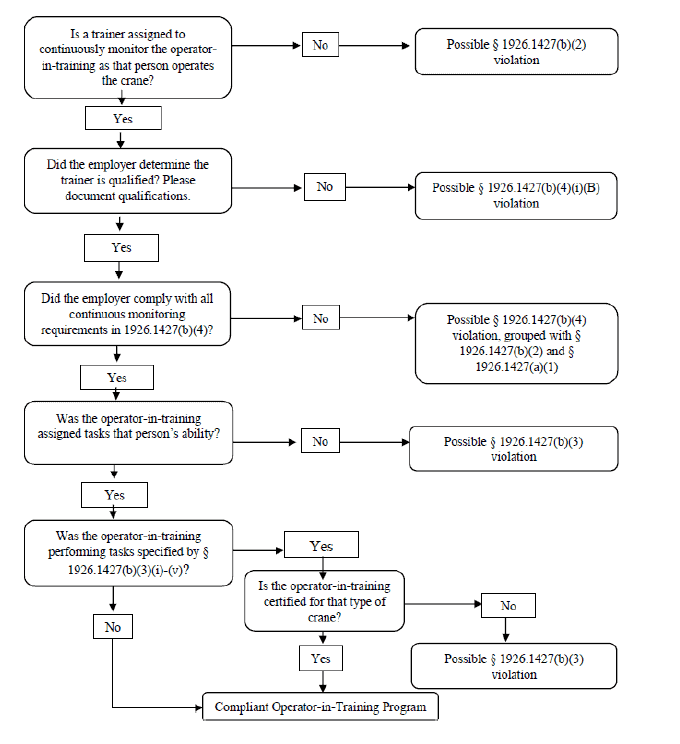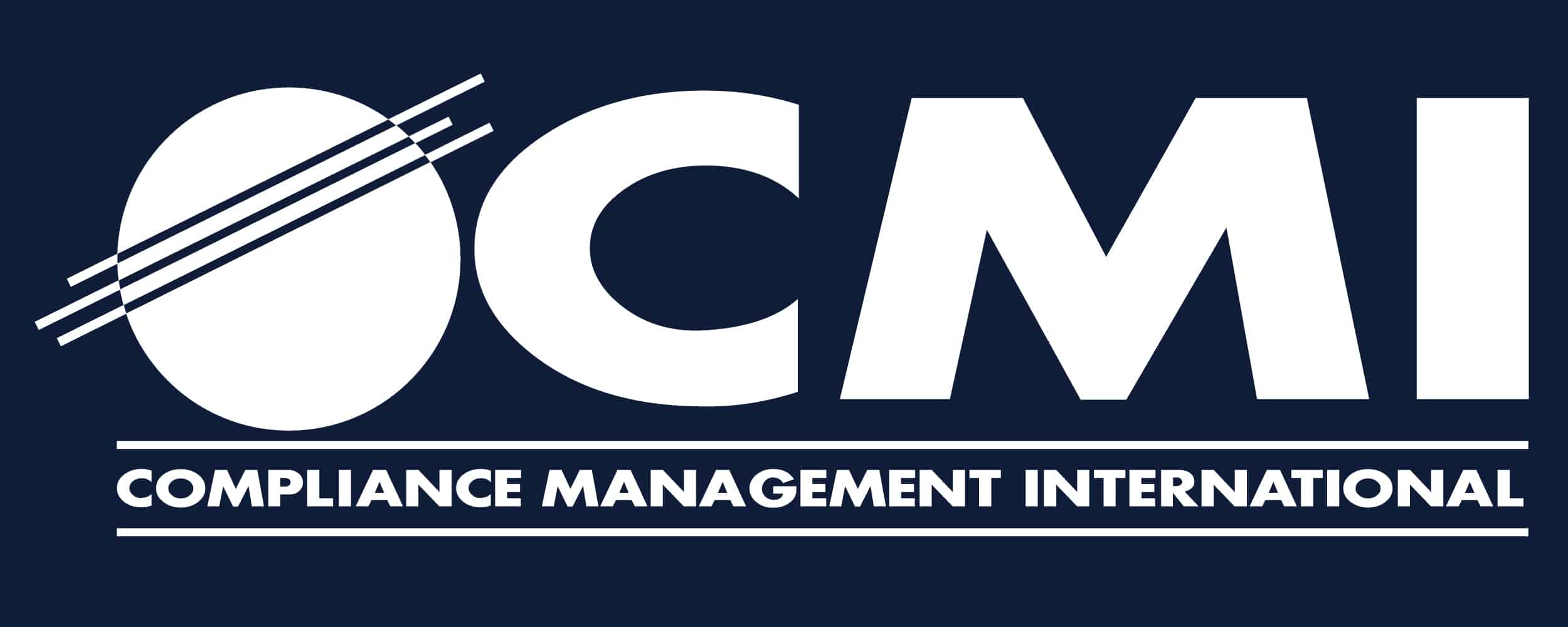
Cranes and derricks are essential for the completion of various tasks in the construction industry. As useful as they are, cranes and derricks introduce significant hazards and risks. This risk, coupled with the continuous emergence of new equipment, technology, and processes, challenges the Occupational Safety and Health Administration (OSHA) with developing and implementing improved standards to ensure safety on construction projects. Employers are expected to remain up-to-date on these standards and directives to avoid citations and fines for non-compliance.
On February 11, 2022, OSHA released the Compliance Directive for the Cranes and Derricks in Construction Standard (Directive CPL 02-01-063). This compliance directive replaces Operator Certification requirements from the prior directive (CPL 02-01-057) issued in 2014 with Operator Training, Certification, and Evaluation. The new directive revised the operator training, certification and evaluation requirements and the other sections of the 2014 directive were unchanged. The new directive also includes inspection guidance and citation policies that OSHA Inspectors will be following when evaluating compliance with 29 CFR 1926 Subpart CC—Cranes and Derricks in Construction as they relate to Operator Qualification.
According to OSHA, the top 10 citations for cranes in construction for 2020-2021 include three that are related to the certification/qualification process including:
- 1427 (a) certification of operators
- 1425 (c)(3) materials rigged by a qualified rigger
- 1428 (a) signal person qualifications
The 2018 crane rule from OSHA provided a framework for establishing operator competency for the construction industry. The operator must be trained, certified and evaluated to be considered qualified. In the new compliance directive, OSHA states that there is no particular order in which an employer must comply with the training, certification, and evaluation elements and further reiterates that should an operator not meet all 3 criteria, they are considered to be an “operator-in-training.
What is meant by Operator-In-Training?
Operator-in-training allows the operator to continue operating cranes when they are not yet certified or evaluated as required, but in such cases the operation must be under supervision of a trainer. OSHA expects there to be a continuous cycle of training, certification, and evaluation. As operators switch types of cranes, they may assume an operating-in-training status pending the applicable new certification. As changes in equipment and operating activities require different or higher levels of crane operating knowledge, skills, and abilities, employers will need to ensure that the operator has been trained and evaluated in these areas.
While the standard does not specifically require employers to create and maintain training records, Compliance Officers are directed to ask for training records and programs and will interview the employer and employees to determine what training was provided. Employers must determine if their operators have been sufficiently trained by a prior employer or other means, such as a labor union, and make sure they familiar with the specific crane(s) and their operations.
OSHA recognizes that not all operators-in-training will be inexperienced operators or unfamiliar with the crane(s) and doesn’t require additional training by each employer if the requirement has already been met. OSHA also points out that employers have a continuing duty to monitor the performance of their operators to determine whether retraining is necessary. Compliance Officers are encouraged to conduct interviews to determine what steps the employer has taken to identify concerns about the operator’s ability to safely operate the crane and perform assigned tasks and what steps the employer has taken when such concerns have been identified.
Use this checklist to aid employers with decision-making and compliance with the crane operator credential certification.
Written by Anthony Melillo, Safety Specialist, Health and Safety Services

